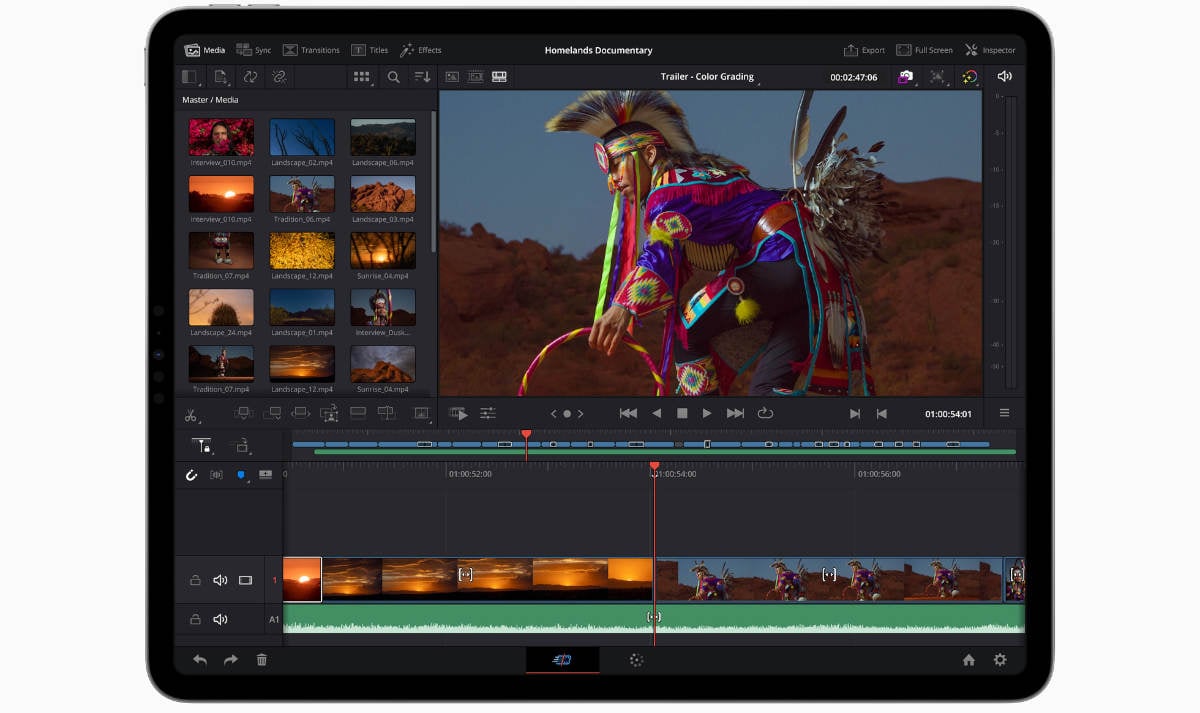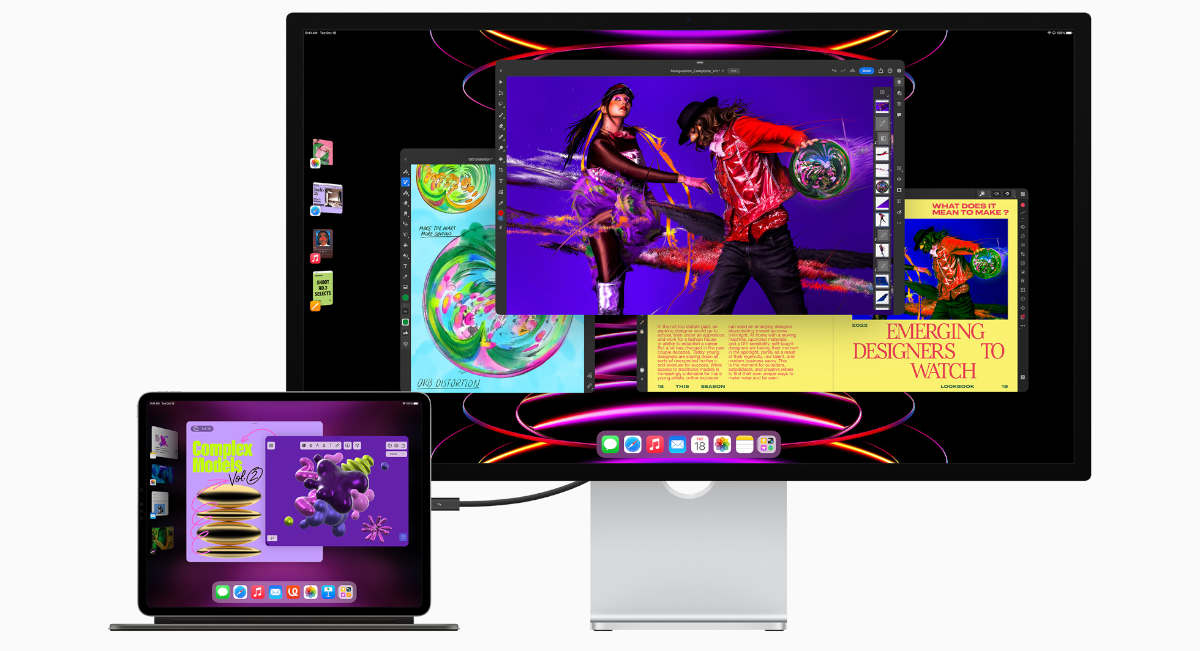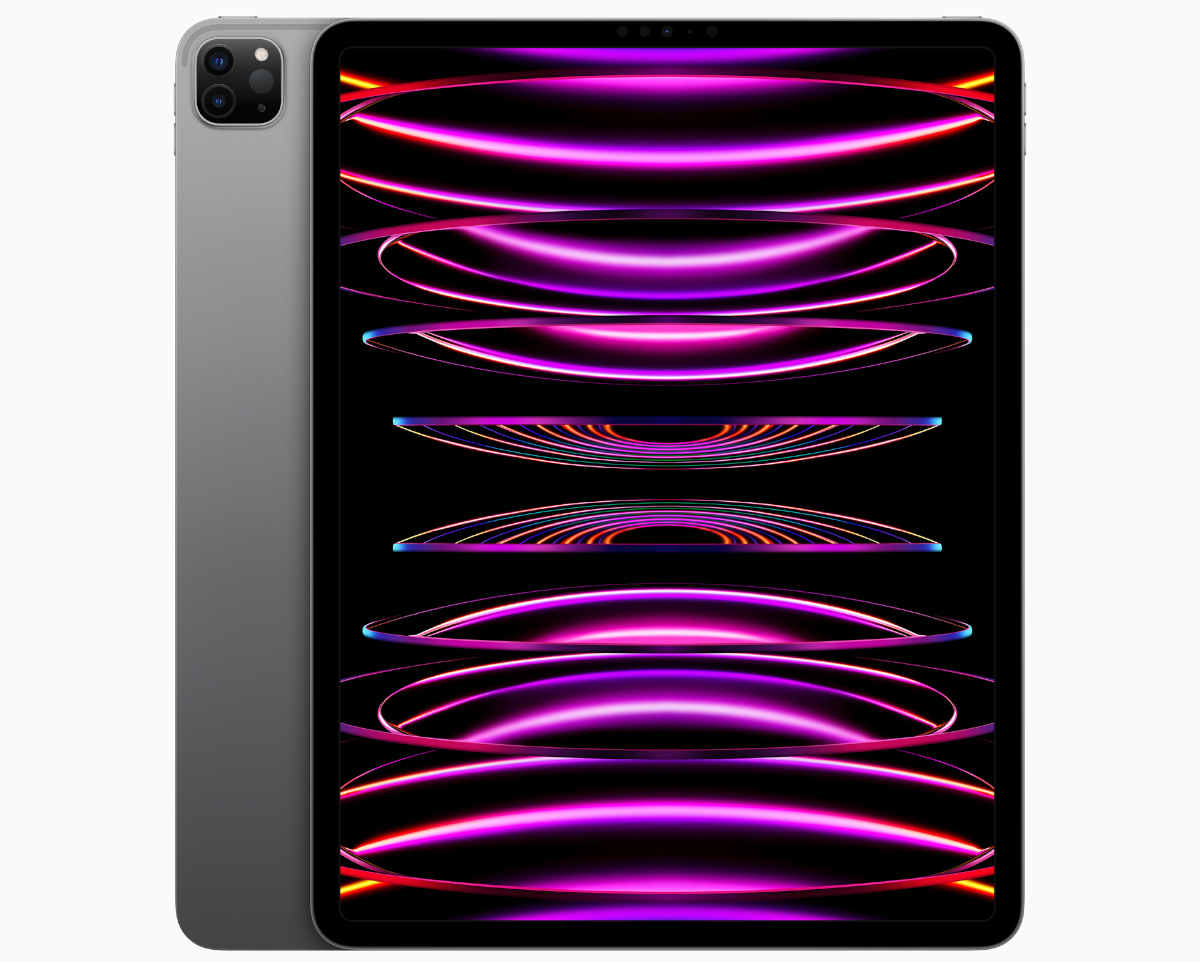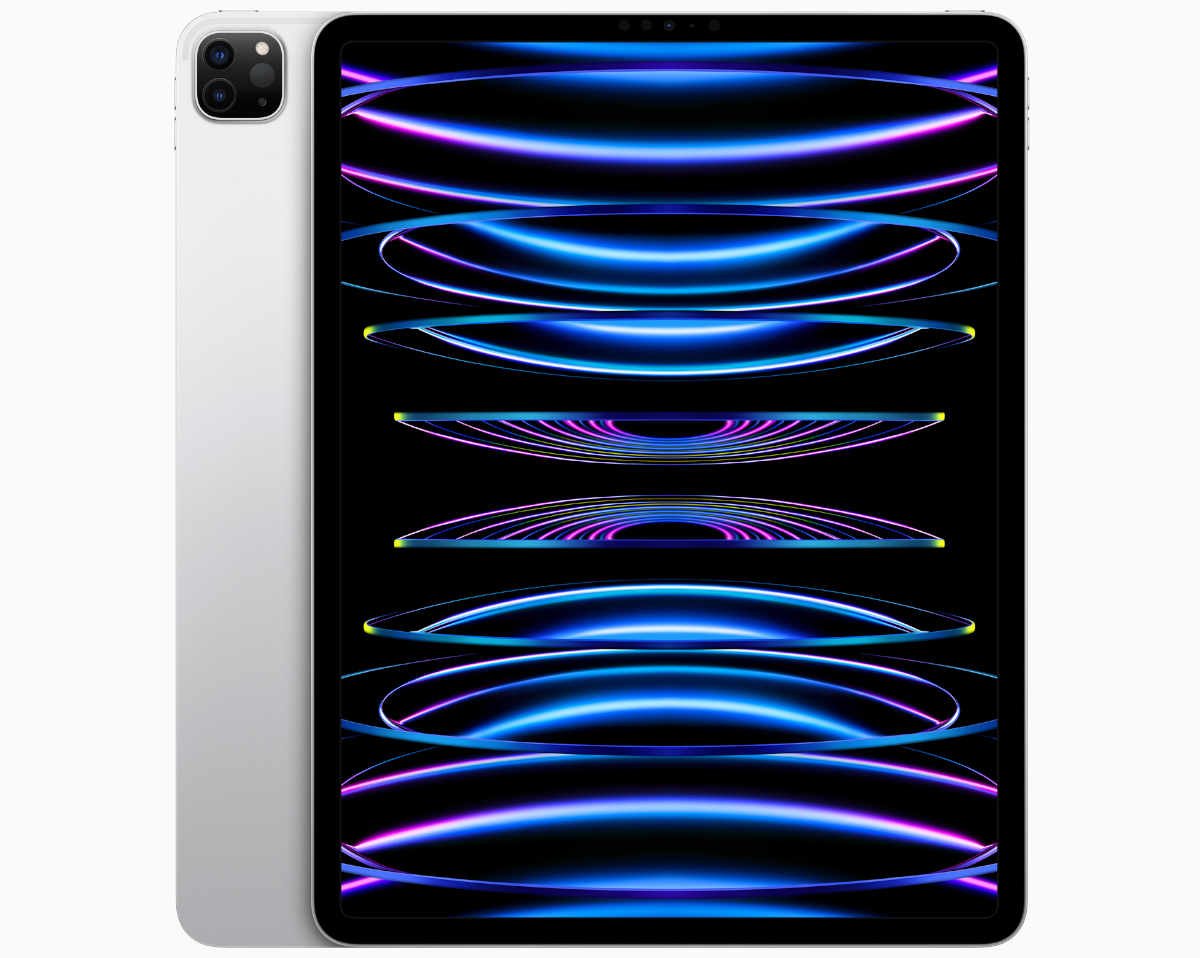Apple has officially dropped the next-generation iPad and while the 10th Gen features an all-new design, the iPad Pro remains visually identical to its predecessor with upgrades centred around the supercharged M2 SoC that debuted in MacBooks earlier this year.
The M2 chip touts increased performance and efficiency, featuring an eight-core CPU split between four efficiency cores and four performance cores, and up to 10-core GPU, complimented with a 16-core Neural Engine for AI learning and workloads.
Apple claims 18 per cent faster CPU performance, 35 per cent more powerful GPU, and a 40 per cent faster Neural Engine when compared to the previous generation M1. Additionally, while the device touts up to 16GB of unified memory, Apple claims 100GB/s memory bandwidth, that’s 50 per cent more than what M1 can manage.

Not forgetting to mention, the chip also leaves room for a custom Media engine that supports hardware accelerated video encoding and decoding dedicated to H.264, HeVC, ProRes, and ProRes RAW codecs, ideal for content creators looking for an all-in-one productivity tool.
M2 implementation in iPad Pro follows a “if it ain’t broke” philosophy, as the external design remains practically identical to previous outings. Dimensions come in at 247.6mm x 178.5mm x 5.9mm, weighing up to 470g for the 11in variant, while the 12.9in measures 280.6mm x 214.9mm x 6.4mm and weighs up to 685g.
Display specificiations reveal an 11in Liquid Retina IPS display at 2388x1668p resolution and 264 PPI or a larger 12.9in Liquid Retina display that retains the same PPI through a 2732×2048 resolution, with both touting a Pro Motion refresh rate of 120Hz. Apple’s True Tone sensor technology measures ambient light to adjust overall brightness and make colours appear more natural, and the screen is covered by fingerprint-resistant oleophobic coating and fully laminated with 1.8 per cent screen reflective properties.
Besides the obvious resolution differences, the 11in and 12.9in IPS displays also differ when it comes to overall brightness capabilities, while the 11in has a max peak brightness of 600 nits, the 12.9in also has a peak SDR brightness of 600 nits but rises to 1600 nits in HDR thanks to 2,596 full-array local dimming zones.

Connectivity is provided by a USB 4.0 Type-C port with Thunderbolt 4, supporting up to 40GB/s transfer speeds that allows for one external display up to 6K resolution at 60Hz or DisplayPort over USB-C support. Additionally, the USB-C supports 20W fast charging, and Apple includes a 20W adapter and one-metre cable in the box.
Camera hardware remains the same; a ultra-wide and wide camera array in the rear, featuring a single 12-megapixel sensor with f/1.8 aperture lens and a 10-megapixel, f/2.4 aperture lens with a 125° field of view, and the same can be said for the front-facing 12-megapixel sensor with f/2.4 aperture lens, capable of a larger 122° field of view. Software upgrades and optimizations to the M2 media engine allow for high-quality ProRes transcoding, which according to Apple is up to three times faster than the M1. Finally, camera functionality also sees an upgrade from Smart HDR 3 to Smart HDR 4.
Another advantage over its predecessor is support for hover functionality with the 2nd generation Apple Pencil. The Pencil is now detected up to 12mm above the display, and Apple says this functionality will be available in both first- and third-party applications.
Audio is provided by quad stereo speakers and a five-mic array for studio quality recording during voice or video calls. As for battery life the iPad Pro mirrors the regular 10th Gen iPad with 10 hours of screen-on time for Wi-Fi only models, or nine hours for LTE.


All new models feature faster Wi-Fi 6E connectivity featuring Bluetooth 5.3 technology, while the LTE variant debuts with 5G and mmWave support on select carrier networks.
Now available for pre-order, the new iPad Pro ships October 26 starting at £899 for the 11in variant and £1,249 for the larger 12.9 display, available in Space Grey and Silver colourways.

